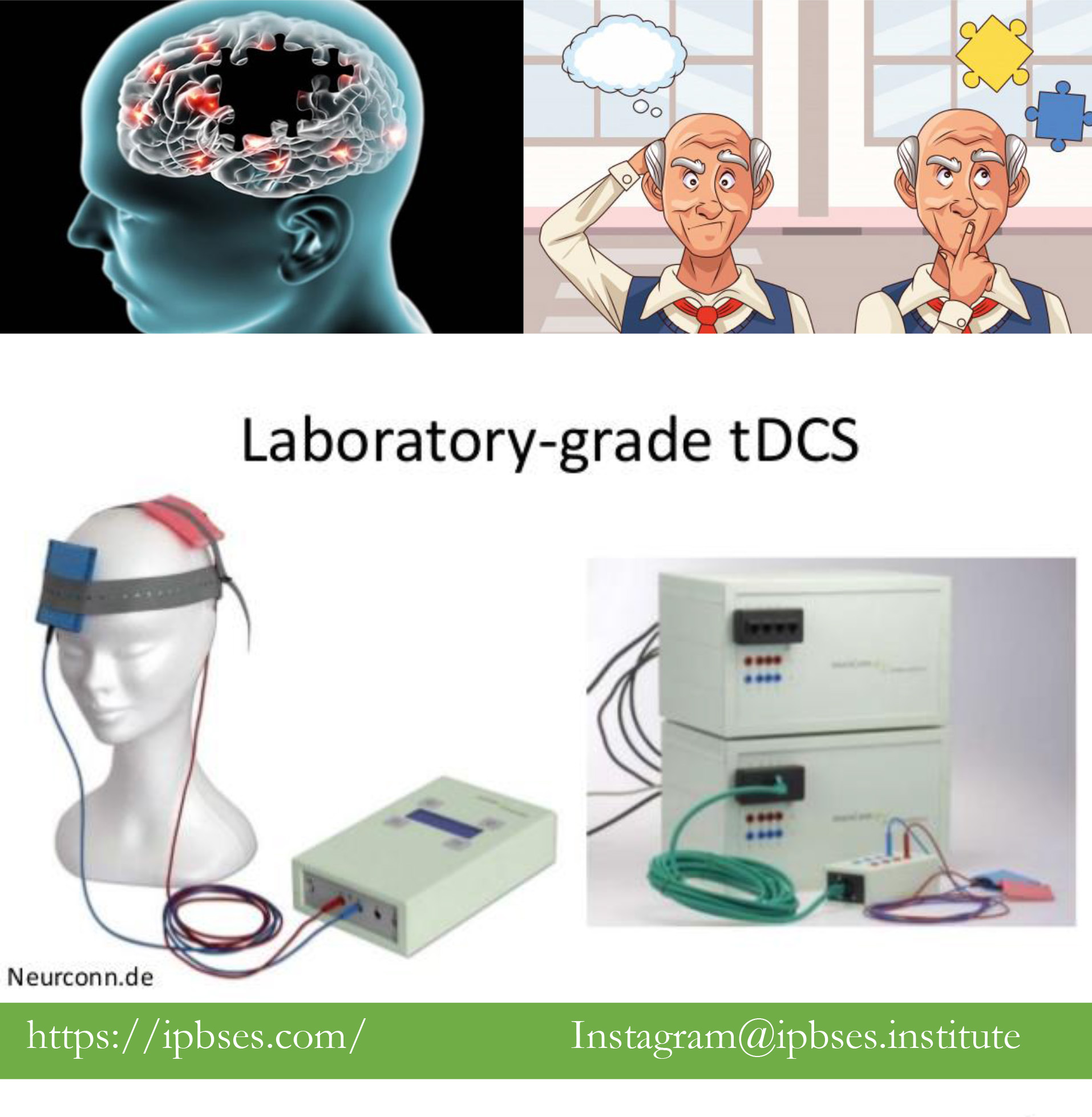پژوهشگران دانشگاه برن سوییس، دانشگاه فرایبورگ و دانشگاه گغیفس والت آلمان، دانشگاه گپنهاگ، دانشگاه بیسپیری،و دانشگاه فنی دانمارک در پژوهشی مشترک به مرور یافتههای موجود در حوزه تحریک مغزی سالمندان با tDCS برای مقابله با پیری و دمانس پرداختند.
اهم یافتههای این نوشتار عبارتند از:
- روش غیرتهاجمی tDCS شامل کاربرد جریان برقی ضعیف در حد ۱ تا ۲ میلی آمپر برای مدت ۵ تا ۲۰ دقیقه بین معمولاً دو نقطه روی جمجمه است.
- مغز انسان برای تحریک/بازداری شلیک مدارهای عصبی دامنه و نقاط تثبیتی دارد که در دوران اولیه زندگی تنظیم میشوند. بنابراین، تنها تا حدی میتوان مغز هر فرد را تحت تاثیر نوروتراپی تغییر داد.
- در بهترین حالت، تحریک مغزی سالمندان با tDCS در کاهش نقایص شناختی و آلزایمر، میتواند مغز را در حالت بهینه فعالیت خود قرار دهد، نه بیشتر.
- در تحریک مغزی سالمندان باtDCS، انتخاب محل قرارگیری الکترودها باید حسب فاتورهای ضخامت جمجمه، وضعیت ساختاری خرد، وضعیت کارکردی مغز و بررسیهای ترکیبی نوارمغزی و تصویربرداری مغزی باشد.
- در تحریک مغزی سالمندان با tDCS، هرچه ضخامت ماده خاکستری محل قرارگیری الکترود کمتر و میزان مایع مغزی نخاعی بیشتر باشد، میزان تاثیر روش تحریک مغزی سالمندان کمتر است.
- هنوز روش مطمئن و نتایج پایدار در تحریک مغزی سالمندان با tDCS که بتواند نتایج مطلوبی بر حافظه و کاهش نقایص شناختی آلزایمر داشته باشد، اعلام نشده است.
Stimulating aged brains with transcranial direct current stimulation: Opportunities and challenges
Abstract
Ageing involves significant neurophysiological changes that are both systematic while at the same time exhibiting divergent trajectories across individuals.
These changes underlie cognitive impairments in elderly while also affecting the response of aged brains to interventions like transcranial direct current stimulation (tDCS).
While the cognitive benefits of tDCS are more variable in elderly, older adults also respond differently to stimulation protocols compared to young adults. The age-related neurophysiological changes influencing the responsiveness to tDCS remain to be addressed in-depth.
We review and discuss the premise that, in comparison to the better calibrated brain networks present in young adults, aged systems perform further away from a homoeostatic set-point.
We argue that this age-related neurophysiological deviation from the homoeostatic optimum extends the leeway for tDCS to modulate the aged brain.
This promotes the potency of immediate tDCS effects to induce directional plastic changes towards the homoeostatic equilibrium despite the impaired plasticity induction in elderly.
We also consider how age-related neurophysiological changes pose specific challenges for tDCS that necessitate proper adaptations of stimulation protocols.
Appreciating the distinctive properties of aged brains and the accompanying adjustment of stimulation parameters can increase the potency and reliability of tDCS as a treatment avenue in older adults.
Keywords
Transcranial direct current stimulation, Ageing, Cognition, Neurophysiology
لینک منبع پیشنهادی برای مطالعه بیشتر  (further reading)
(further reading)




